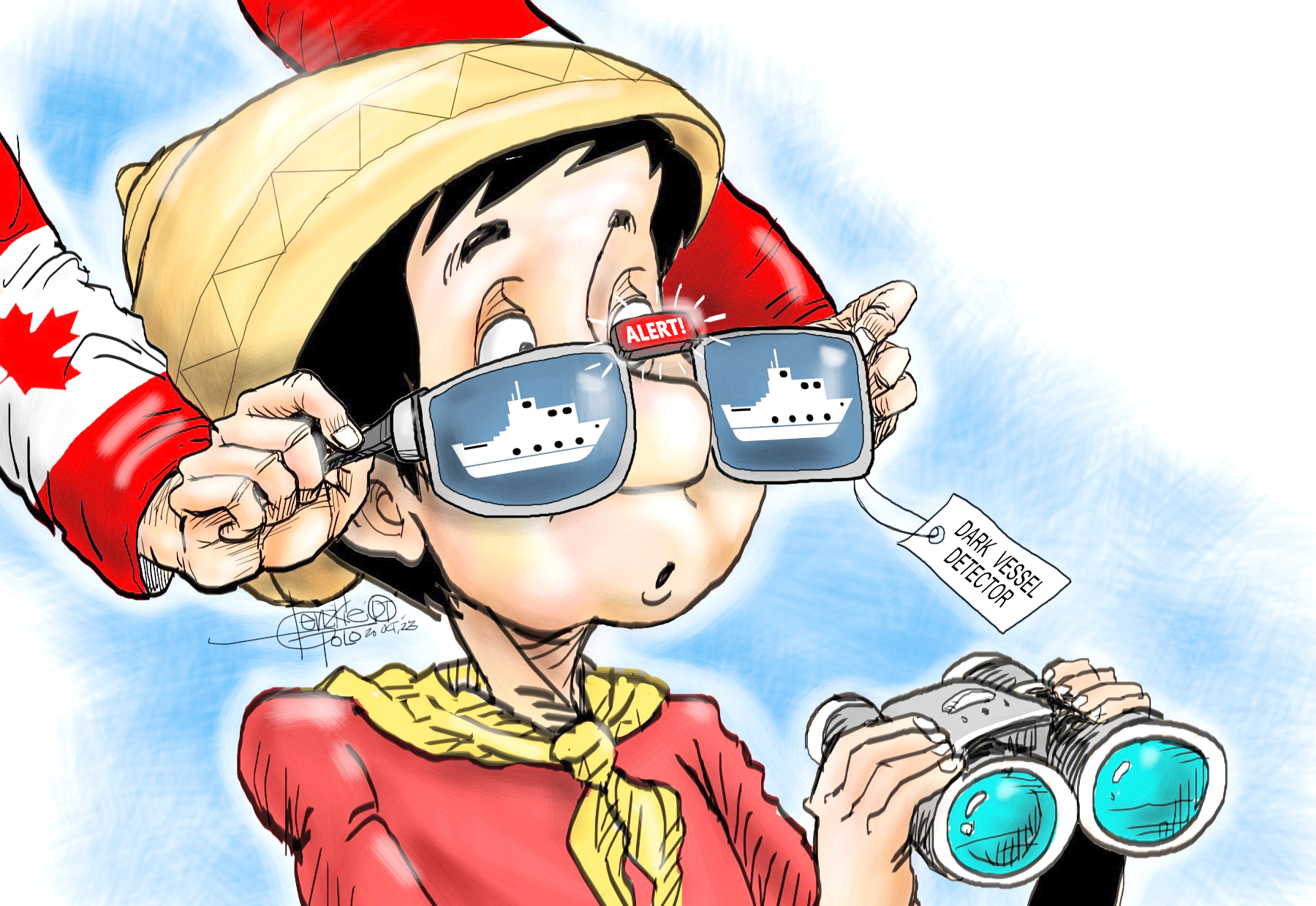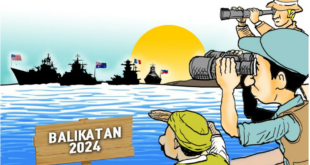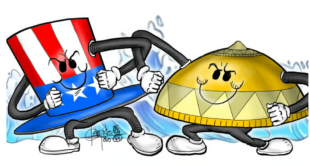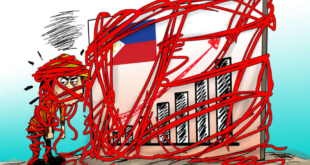“The integration of Canada’s Dark Vessel Detection System along the Philippine coast marks a significant step towards enhancing maritime security in the West Philippine Sea.

An agreement signed recently allowing Canada to help the Philippines monitor its coastal waters and high seas using a Canadian satellite surveillance program looks like what the doctor ordered for a nation hard-pressed to patrol its shorelines.
Canada’s Dark Vessel Detection program uses satellite technology to locate and track ships illegally fishing anywhere, even if they switch off their location-transmitting devices to evade monitoring and surveillance.
As the Philippine Coast Guard has reported, many vessels, including Chinese Coast Guard ships and militia vessels, often turn off their location transmitting devices to avoid detection of their movements in the contested waters.
Canada’s satellite program would assist the Philippines in spotting and addressing these problems, which have become a focal point of geopolitical tensions amid competing territorial claims among neighboring nations.
The West Philippine Sea, rich in natural resources and a crucial maritime route, has witnessed heightened tensions among countries, including China, the Philippines, Vietnam, and Taiwan.
Territorial disputes over islands, rocks, and reefs, coupled with contested Exclusive Economic Zones or EEZs, have led to an increased military presence, raising concerns about the potential for conflict in the region.
In this complex geopolitical landscape, ensuring maritime security is paramount for the Philippines, situated at the heart of these tensions. It has sought innovative solutions to safeguard its maritime interests.
The Dark Vessel Detection System, developed by Canada, represents cutting-edge technology designed to address the challenges posed by illicit maritime activities, such as smuggling, piracy and illegal fishing.
This system employs advanced radar and surveillance technologies to detect and monitor vessels operating in designated maritime zones, providing real-time data to authorities.
The collaboration between Canada and the Philippines to implement this system along the Philippine coast is a strategic move to enhance the country’s maritime domain awareness and security.
The integration of such a system holds several strategic implications for the Philippines. Firstly, it reinforces the country’s commitment to maintaining peace and stability in the region by adopting state-of-the-art technology for maritime security.
Secondly, the system contributes to the Philippines’ efforts to combat transnational crimes at sea. With the capability to detect vessels engaged in illegal activities, the system enhances national security and aligns with global efforts to address common maritime threats.
Thirdly, the system is a force multiplier for the Philippine Coast Guard and Navy. Providing real-time information on vessel movements enables more effective and efficient patrolling of Philippine waters. This not only strengthens the country’s maritime law enforcement capabilities but also contributes to the overall security architecture of the region.
In the face of rising tensions in the WPS, collaborative efforts to enhance maritime security contribute to the region’s overall stability. As countries face common challenges in the maritime domain, initiatives like this foster trust and cooperation, paving the way for diplomatic solutions to longstanding disputes.
Moreover, this collaboration aligns with the principles of the United Nations Convention on the Law of the Sea or UNCLOS, which emphasizes the peaceful resolution of disputes and the protection of maritime resources.
The integration of Canada’s Dark Vessel Detection System along the Philippine coast marks a significant step towards enhancing maritime security in the West Philippine Sea.
Amid escalating tensions and territorial disputes, this collaborative initiative reflects a commitment to peace, stability, and the rule of law.
By leveraging cutting-edge technology, the Philippines not only strengthens its national security but also contributes to regional stability and international efforts to combat transnational maritime threats for the common good of all.
*****
Credit belongs to: tribune.net.ph
 Atin Ito First Filipino Community Newspaper in Ontario
Atin Ito First Filipino Community Newspaper in Ontario






